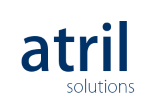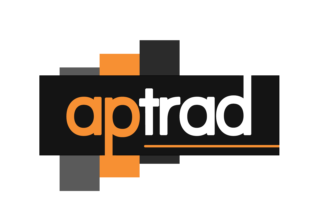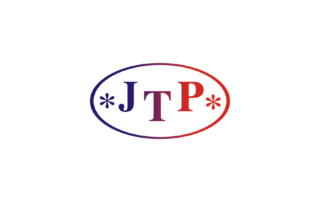There are numerous myths and misconceptions about CAT tools. Let’s deal with the most persistent ones once and for all!
CAT tool myth #1: Computer-aided translation and machine translation is the same thing.
This is a common misconception held by those, who know little, if anything, about translation. But in fact, it couldn’t be further from the truth. For the vast majority of CAT tools, machine translation is only an additional feature. Machine translation engines provide automatic translation that is fast and cheap, but often highly innacurate. CAT tools, on the other hand, still require an actual knowledgeable human to do the job. This means they are much more reliable when it comes to accuracy, consistency and grammatical correctness. CAT tools rely on translation memory and are a self-learning software that suggest possible translations for those segments that were previously translated.
CAT tool myth #2: They are complicated to use and the learning curve is steep
You don’t need to be computer savvy to benefit from most of the CAT tools features. Most if them also come with trial versions, which makes it easier for users to check out their user-friendliness. Atril’s trial version of Déja Vu X3 is a fully-functional 30-day demo, thanks to which CAT tool newbies can easily explore all of the feature free of charge. Users can also refer to a wealth of resources, including articles, videos and tutorials describing the features in details.
CAT tool myth #3: CAT tools are for translation agencies
While it is true that many translation agencies make their translators use a certain CAT tool, there isn’t a reason why self-employed freelancers couldn’t use them as well. They too will benefit from the increased translation speed, consistency of terms and stylistic uniformity. Atril’s Déja Vu was created by a translator with fellow translators in mind, and is a good choice for freelancers because of its user-friendly and intuitive interface.
CAT tool myth #4: They are ridiculously expensive and it will take ages before they pay for themselves!
One of the biggest advantages of CAT tools is the fact that they smoothen the workflow and positively increase productivity. If you have all your termbases in one place and don’t need to check on the terminology each time, it really saves time, which you can then spend on looking for and completing more projects. Features such as quality assurance or distraction-free interface are also difficult to underrate when it comes to boosting productivity.
But what about translation students only entering the market? Isn’t the expensive software a bit out of their reach?
The need to shell out a few hundreds of dollars may indeed eat into the savings of a student. Luckily, there is a way around it. Students can expect special discounts and take part in university training programs. Atril’s Academic Partnership program makes it possible for students to thoroughly explore the software and test its possibilities for free. And there’s more – the students and lecturers are offered preferencial prices once they decide to purchase DVX3 for personal use.
CAT tool myth #5: A good translator doesn’t need a CAT tools – it’s an easy option for beginners
Would you say that an accountant using an Excel spreadsheet to facilitate their work is going on the easy way? Probably not. Just like graphic designers, photographs or other specialists need appropriate tools to improve their work, translators too should look for solutions that help achieve better performance. When translating a terminology-dense texts, CAT tools make it easier to keep them consistent and coherent, which contributes to your imagine of a serious, professional translator, not the other way round.
Using CAT tools in your daily work will not only emphasize your professionalism but also make cooperation with translation agencies easier. It often happens that the whole translation memory or glossary files are handed over to translators. If you don’t have appropriate software, it might exclude you from the possibility of establishing such cooperation.











